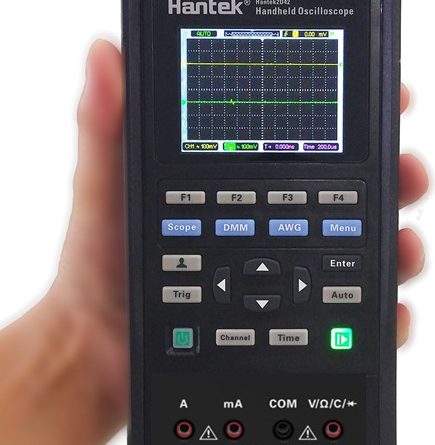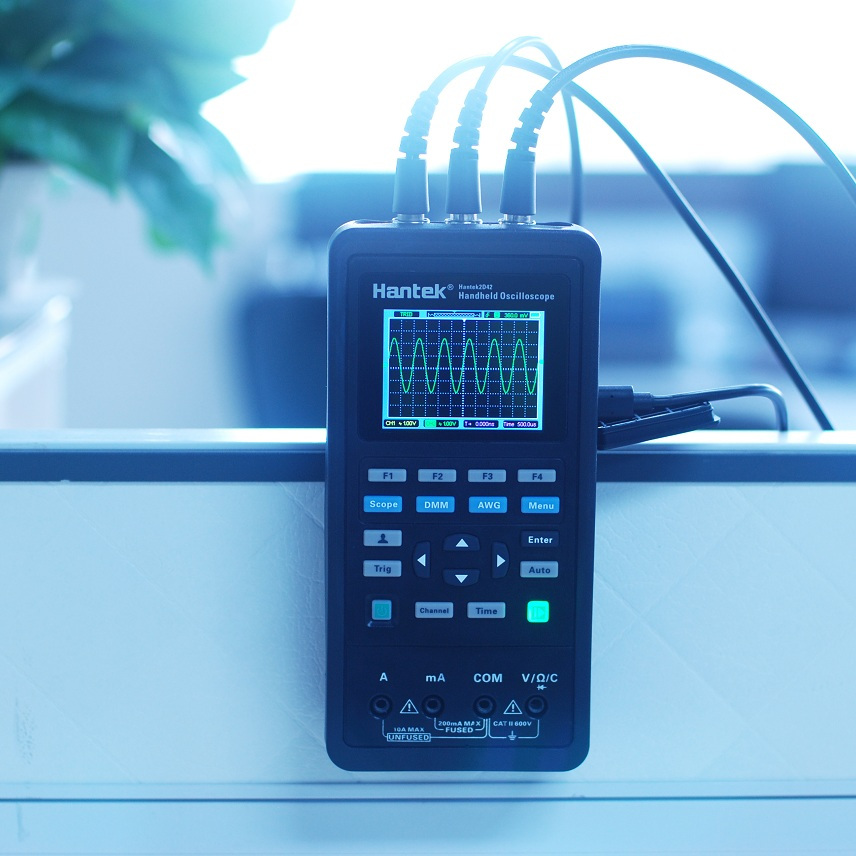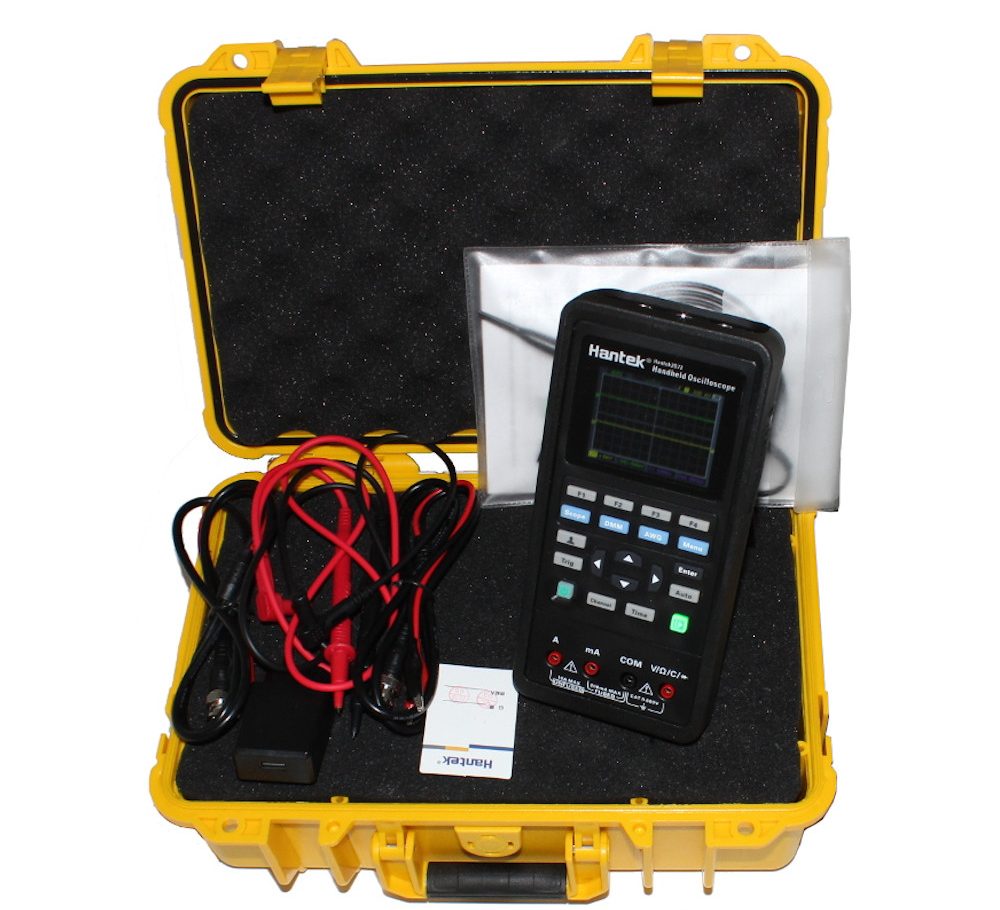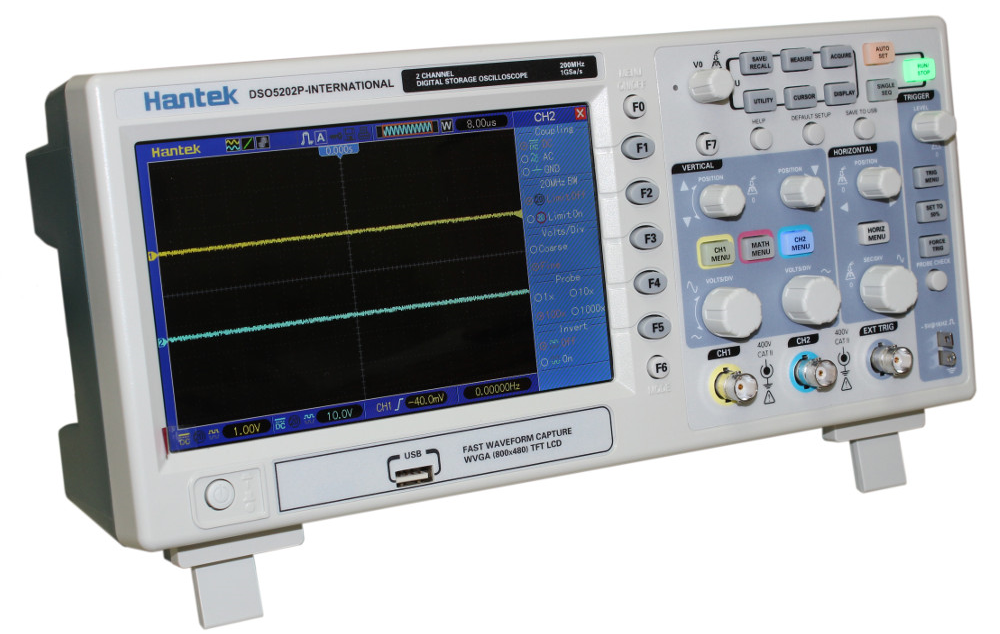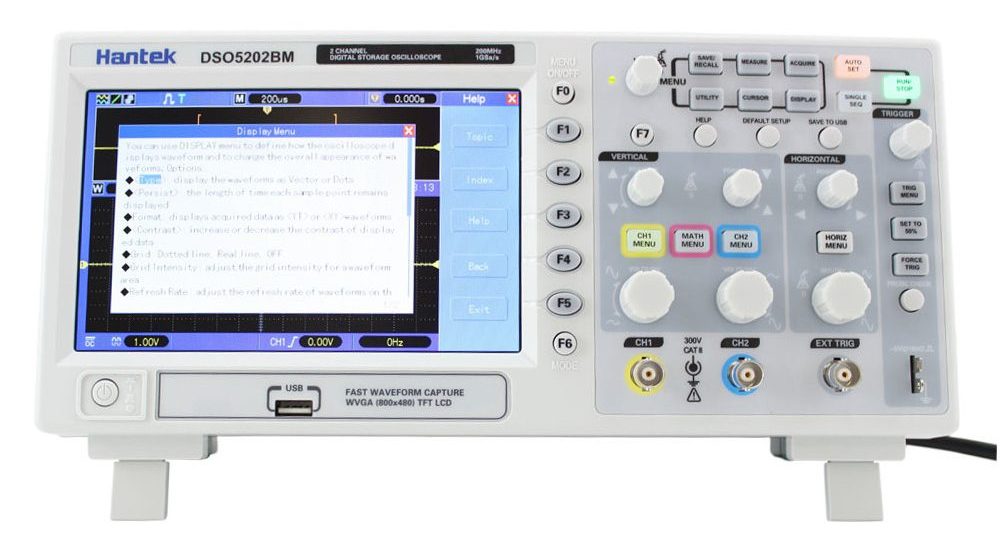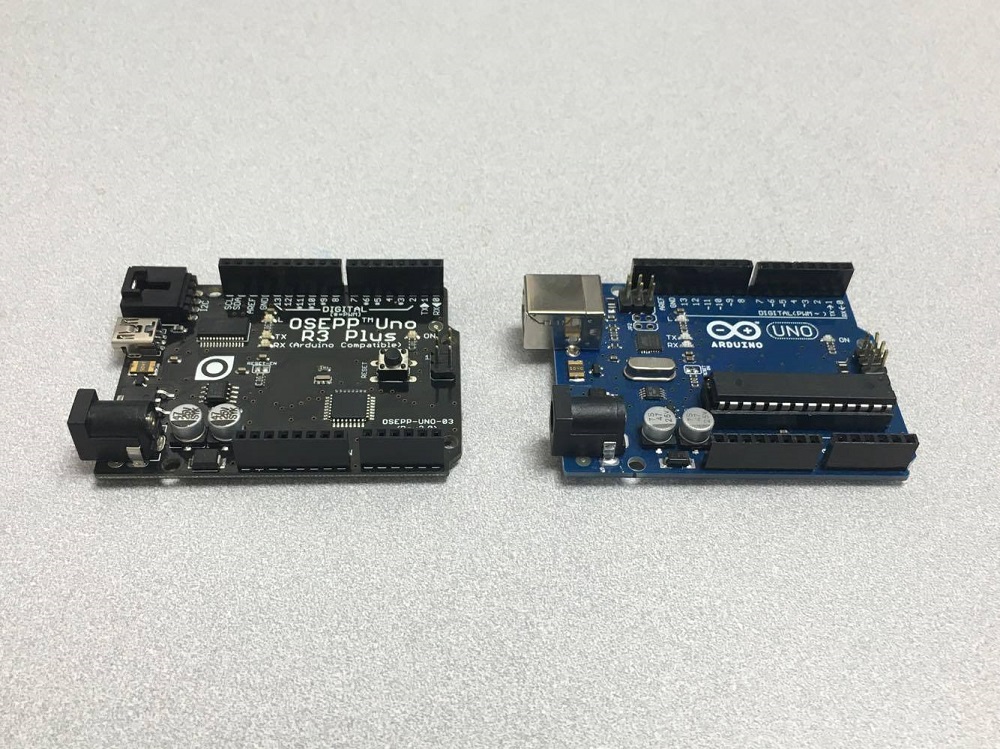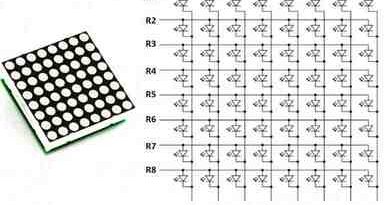Quick Guide on How to buy an Oscilloscope 2022
Multimeters are good but oscilloscopes are the next level therefore here is the Quick Guide on How to buy an Oscilloscope 2022. As far as tracking voltage and fixing wonky circuits are concerned, they’re the best at what they do so an oscilloscope is a good investment. A good quality scope can be costly however, over the year I learned that it is worth every penny.
Table of Contents
- What is an Oscilloscope?
- Points to Consider Before Buying.
- Conclsuion
What is an Oscilloscope?
An oscilloscope is a tool used to track changes in voltage over time by displaying electronic signals as waveforms. They’re typically used by electronic technicians and engineers. Furthermore, electronic hobbyists and Makers use oscilloscopes on a regular basis for their projects.
Points to Consider Before Buying
It’s a good idea to get all your expectations and requirements down. This way, you can just match the oscilloscope against your personal preference. Once all questions are answered, you can then now start shopping.
- What is your budget?
- Portable or Stationary?
- What’s the oscillscope spec you are looking for?
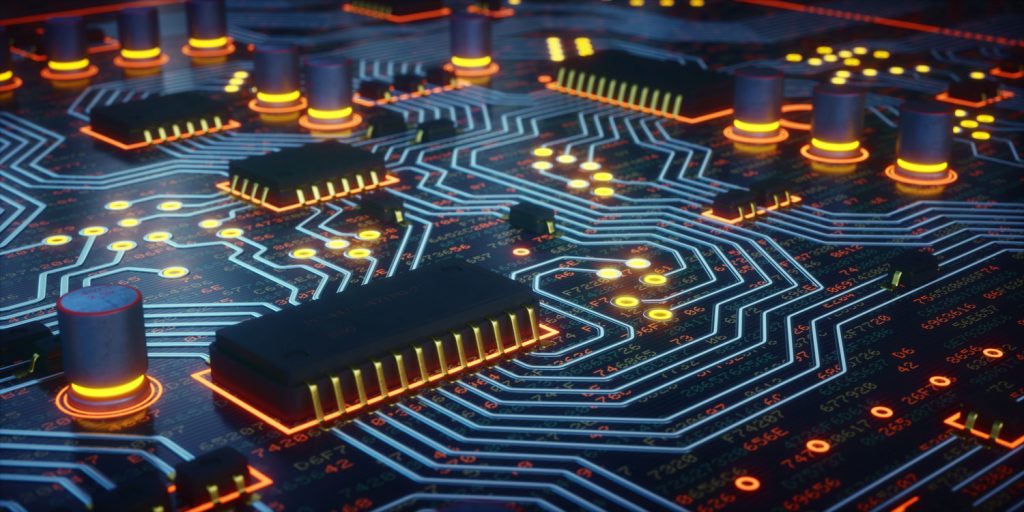
1. Price
Due to the high cost of an oscilloscope, we highly recommend knowing what you want from your oscilloscope. Cheaper is not always better, you can take a look at the Top 5 Budget Hobbyist Oscilloscopes 2021 if you are under a tight budget.
2. Portability
An oscilloscope is a fairly sensitive measurement device. If you are planning to travel with the oscilloscope, a portable version with extra protection and the correct carry case is a must.
3. Basic Oscilloscope Spec
Bandwidth
Bandwidth is arguably one of the most important specs (if not the most important) when it comes to choosing an oscilloscope. It indicates the highest frequency signal the ‘scope is capable of capturing.
If the frequencies you typically measure are on the higher end of the spectrum, you’ll want a couple of hundred megahertz or a gigahertz, to start. Bandwidths that are more or less in the middle range (50MHz to 500MHz) are usually safe bets. You can find more in-depth reasons regarding bandwidth’s importance to your oscilloscope decision here.
Sampling Rate
The sampling rate is what a digital oscilloscope uses to reconstruct the signal. You need to make sure the oscilloscope can handle the kind of signals you’ll be working with. Also, when it comes to sampling rates, you need to really double-check the specs. Most scopes have two different sampling rates (also called modes):
- real-time sampling
- equivalent-time sampling (or repetitive sampling)
Memory Depth
Memory depth works hand-in-hand with the sampling rate. Digital oscilloscopes convert the waveform into numbers by sampling it. Then the data is stored in what is called a “buffer memory.” The size of the memory depth determines how long an oscilloscope can capture a signal and convert it. You want to get a higher memory depth in order to get a solid, defined representation of the waveform reading.
Conclsuion
Here are your takeaway points on how do you buy an oscilloscope 2022:
- PRICE. Oscilloscopes can get pricey so do research.
- PORTABILITY. If you want a portable device make sure you got the right equiments.
- OSCILLSCOPE SPEC. The three most important? Bandwidth, sampling rate, memory depth.
